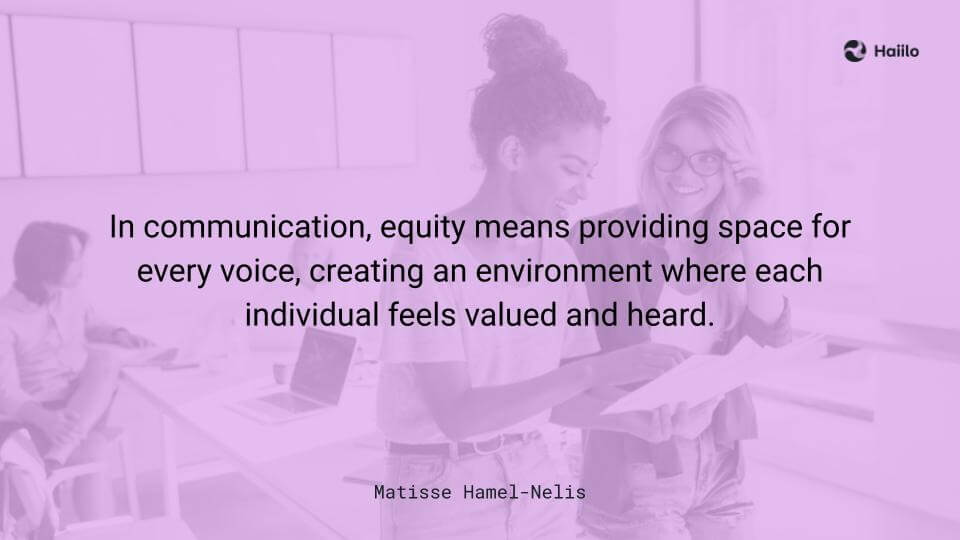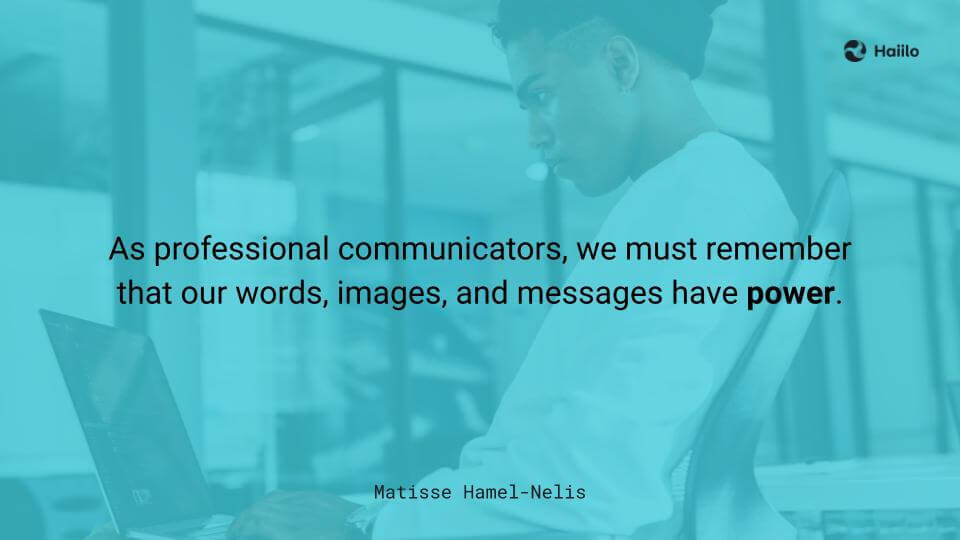Today’s world is a constantly shifting kaleidoscope of cultures, languages, backgrounds, and abilities. Recognizing and adapting to this diverse environment is vital in the business landscape. This is particularly true for professional communicators, who are the architects of their organizations’ public face and voice. Indeed, an integrated approach towards inclusion, diversity, equity, and accessibility (IDEA) is no longer a luxury but a prerequisite for successful communication.
Inclusion and diversity are integral to constructing a well-rounded and empathetic corporate identity. By embracing different perspectives, businesses can offer a richer, more meaningful, and more engaging dialogue with their audiences. Consequently, when professional communicators reflect this diversity in their work, they can form more robust and authentic connections with a wider range of stakeholders.
Equity, the commitment to ensuring fair treatment, opportunity, and advancement for all, is another crucial element. In communication, equity means providing space for every voice, creating an environment where each individual feels valued and heard. Professional communicators must ensure that their messages are fair and inclusive, avoiding biased language or imagery and promoting a sense of belonging and respect.
Accessibility, the last piece of the puzzle, is about ensuring that everyone, regardless of their physical or cognitive abilities, can access, understand, and engage with your content. From designing websites with assistive technologies in mind to creating content that’s easily understandable, accessibility is a critical factor in ensuring that communication is truly for all.
So, how can professional communicators incorporate these principles into their content?


Awareness and Education
The first step is self-awareness and education. Communicators need to understand their audience’s diverse cultures, languages, backgrounds, and abilities. They must familiarize themselves with respectful, inclusive language and be conscious of potential biases and stereotypes that can inadvertently infiltrate their content. Training programs focusing on IDEA principles can be instrumental in creating this awareness.

Consultation and Collaboration
Incorporating diverse voices in the content creation process is also paramount. It’s essential to consult with a range of individuals representing the various facets of diversity in your audience. Their insights can help shape content to respect and celebrate differences rather than stereotyping or excluding them.

Accessible Design
When it comes to accessibility, incorporating universally designed principles is key. This means creating content that is usable by all people to the greatest extent possible without the need for adaptation or specialized design. This could include considerations like providing closed captions for video content, ensuring websites are navigable by screen readers, or using simple language to make content understandable for people with cognitive disabilities or those for whom English is a second language.


Continual Evaluation and Adaptation
Finally, it’s crucial to remember that this is an ongoing journey. Regularly evaluating your content from an IDEA perspective and adapting it based on feedback and societal changes is critical. What works today may not work tomorrow, and staying open, adaptable, and responsive is essential to maintaining inclusive, diverse, equitable, and accessible communication.
The benefits of this holistic approach to communication are manifold. It enhances your organization’s reputation, builds trust with diverse audiences, and widens your reach. But, most importantly, it’s the right thing to do. In a world striving for equal representation and respect, businesses are responsible for making their communication inclusive, diverse, equitable, and accessible.
As professional communicators, we must remember that our words, images, and messages have power. They can either build bridges or deepen divides. By making a conscious commitment to IDEA principles in our content, we can use this power to foster understanding, respect, and inclusivity. In this era of global interconnectedness, this is not just a responsibility but an opportunity to contribute positively to a diverse and inclusive world.

This article originally appeared on PR & Lattes and is reprinted with the permission of the author.
About the author
Matisse Hamel-Nelis is VP of Communications for AbleDocs and a professor within the Durham College PR and Strategic Communications program. She holds the role of the Vice President of Inclusivity, Diversity, Equity and Accessibility (IDEA) for IABC/Toronto and is the Chair for the Diversity, Equity and Inclusion (DEI) Committee for IABC.
She also recently launched PR & Lattes, a podcast and blog focused on all things about PR and communications.
An international award-winner, she is best described as a strategic, forward-thinking communicator focused on goal-oriented social PR with accessibility at the fore.
She also holds two designations through the International Association of Accessibility Professionals as a Certified Professional in Accessibility Core Competencies (CPACC) and Accessible Documents Specialist (ADS).







